Home>Technology>Security & Surveillance>How To Change Code On A Door Lock
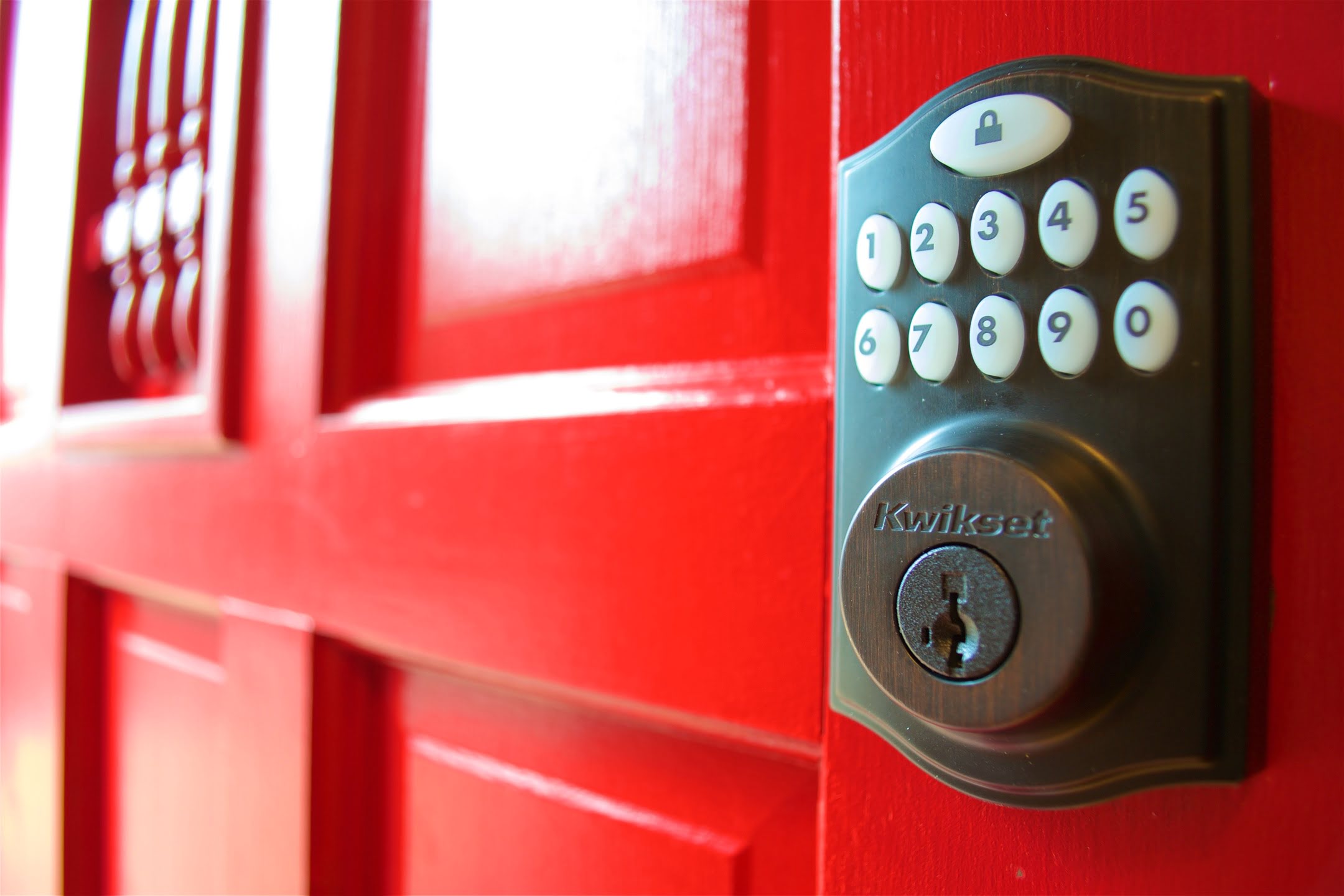

Security & Surveillance
How To Change Code On A Door Lock
Modified: January 5, 2024
Learn how to change the code on a door lock for improved security and surveillance. Follow our step-by-step guide to update your door lock code easily.
(Many of the links in this article redirect to a specific reviewed product. Your purchase of these products through affiliate links helps to generate commission for Storables.com, at no extra cost. Learn more)
Introduction
Welcome to the comprehensive guide on how to change the code on a door lock. Whether you're a homeowner looking to enhance the security of your property or a business owner seeking to manage access control, understanding the process of changing the code on a door lock is essential. This article will provide you with step-by-step instructions, insightful tips, and troubleshooting advice to ensure a seamless and successful code change.
Changing the code on a door lock is a fundamental aspect of security and surveillance. It empowers you to customize access to your premises, safeguarding your loved ones, employees, and valuable assets. By delving into the intricacies of this process, you'll gain a deeper understanding of your door lock's functionality and be better equipped to maintain a secure environment.
Throughout this guide, we will explore the tools and equipment needed, the methods for accessing the lock's code, the step-by-step process of changing the code, and how to test the new code to ensure its effectiveness. Additionally, we'll address common troubleshooting issues that may arise during the code change process, providing you with the knowledge to overcome potential challenges.
Whether you're a seasoned security enthusiast or a novice homeowner, this article is designed to be accessible and informative, catering to individuals with varying levels of expertise. By the end of this guide, you'll feel confident in your ability to change the code on a door lock, empowering you to bolster the security of your residential or commercial space.
So, let's embark on this insightful journey, equipping ourselves with the knowledge and skills needed to take control of our door lock's access code and fortify our security measures.
Let's dive in!
Key Takeaways:
- Takeaway 1: Changing the code on a door lock is crucial for enhancing security. Understanding your lock type, gathering the right tools, and testing the new code are essential steps for a successful code change.
- Takeaway 2: Troubleshooting is key when changing the code on a door lock. Patience and attention to detail are important for addressing common issues like incorrect code entry and inconsistent lock response.
Read more: How To Change Code On Teeho Door Lock
Understanding Your Door Lock
Before delving into the process of changing the code on your door lock, it’s essential to understand the type of lock you’re dealing with. Door locks come in various forms, including mechanical, electronic, and smart locks, each with its own unique features and mechanisms.
Mechanical locks, often found in traditional residential and commercial settings, rely on physical components such as tumblers, levers, and bolts to secure the door. Understanding the inner workings of a mechanical lock can provide valuable insight into how the code change process will be carried out.
Electronic locks, on the other hand, utilize electronic components such as keypads, card readers, or biometric scanners to control access. These locks often offer advanced features such as programmable codes, audit trails, and remote access capabilities. Familiarizing yourself with the specific functionalities of your electronic lock is crucial for successfully changing its access code.
Smart locks represent the cutting edge of door lock technology, integrating connectivity and intelligent features to enhance security and convenience. These locks can be controlled remotely via smartphone apps, grant temporary access to guests, and send real-time activity alerts. Understanding the connectivity options, power sources, and programming methods of your smart lock is paramount before attempting to modify its access code.
By comprehensively understanding the type of door lock you have, you’ll be better prepared to navigate the code change process with confidence. This knowledge will enable you to identify the specific steps and procedures relevant to your lock, ensuring a smooth and efficient code modification experience.
Now that we’ve laid the groundwork by understanding the intricacies of various door lock types, let’s proceed to the next section, where we’ll explore the tools and equipment needed for changing the code on your door lock.
Tools and Equipment Needed
Before embarking on the process of changing the code on your door lock, it’s essential to gather the necessary tools and equipment. Having the right resources at your disposal will streamline the code modification process and ensure that you can carry out the task effectively.
The specific tools and equipment required may vary depending on the type of door lock you have. Here’s a general overview of the essential items you may need:
- Screwdriver: A screwdriver, typically a Phillips or flathead, is often necessary for accessing the internal components of the lock. This tool will allow you to remove any covers or panels to gain access to the lock’s programming interface.
- Programming Manual: If your lock is electronic or smart, refer to the manufacturer’s programming manual or user guide. This resource will provide detailed instructions on how to change the access code and may include specific procedures or codes required for programming.
- Power Source: For electronic or smart locks, ensure that the lock has a stable power source. This may involve replacing batteries or ensuring that the lock is connected to a reliable power supply if it’s a smart lock.
- Access Code: If your lock requires an existing access code to change to a new one, ensure that you have the current code on hand. This code may be necessary to access the programming mode and initiate the code change process.
- Mobile Device or Computer: For smart locks that offer remote programming capabilities, have a mobile device or computer available to access the lock’s associated app or web interface. This will enable you to initiate the code change and synchronize the new code with the lock.
By assembling these tools and equipment, you’ll be well-prepared to tackle the code change process with confidence. It’s important to ensure that you have a clear understanding of your specific lock’s requirements and programming procedures, as this will influence the tools and resources you need to have on hand.
With the tools and equipment in place, we’re ready to move on to the next crucial step: accessing the lock’s code. Let’s explore this process in detail in the following section.
Accessing the Lock’s Code
Before you can change the code on your door lock, you’ll need to access the lock’s programming interface or code entry point. The method for accessing the code may vary depending on the type of lock you have, so it’s essential to familiarize yourself with the specific procedure relevant to your lock.
If you have a mechanical lock with a combination dial or keypad, accessing the code may involve identifying the existing code entry method. This could be a physical dial with numbered tumblers or a digital keypad with buttons corresponding to the access code. You may need to remove any covers or panels to reveal the code entry mechanism, allowing you to input the existing code and proceed to the code change process.
For electronic locks, accessing the code typically involves initiating the lock’s programming mode using a specific sequence of actions or commands. This may require pressing a series of buttons, entering a master code, or using a key fob or remote control to access the programming interface. Consult the lock’s programming manual or user guide for detailed instructions on how to access the code and prepare it for modification.
Smart locks often offer remote access or app-based programming, allowing you to access the lock’s code entry point through a mobile device or computer. This may involve logging into the lock’s associated app, selecting the code change function, and following the on-screen prompts to access the existing code and input the new code. Ensure that the smart lock is connected to a stable network and that your mobile device or computer has the necessary permissions to modify the lock’s settings.
Once you’ve successfully accessed the lock’s code entry point, you’ll be ready to proceed with changing the code to enhance the security of your premises. Understanding the specific method for accessing the code is crucial for initiating the code change process with confidence and precision.
With the code access under your belt, we’ll now delve into the step-by-step process of changing the code on your door lock. This essential procedure will empower you to customize access and fortify the security of your residential or commercial space. Let’s explore the code change process in the following section.
Before changing the code on a door lock, make sure to reset the lock to its default settings. This usually involves pressing a reset button or entering a specific code. Always refer to the manufacturer’s instructions for the specific lock model.
Changing the Code
Now that you’ve successfully accessed the code entry point of your door lock, it’s time to embark on the process of changing the code. Whether you’re looking to update an existing code for security reasons or customize access for different individuals, the code change procedure is a pivotal aspect of maintaining a secure environment.
The specific steps for changing the code may vary based on the type of lock you have. Here’s a general overview of the code change process for different types of locks:
- Mechanical Locks: If you have a mechanical lock with a combination dial or keypad, changing the code typically involves rotating the dial or entering a specific sequence of numbers to reset the code. Refer to the lock’s user manual for detailed instructions on how to initiate the code change process and input a new combination.
- Electronic Locks: For electronic locks, changing the code often entails entering the lock’s programming mode using a master code or accessing the programming interface through designated buttons or commands. Once in programming mode, follow the prompts to input a new access code, ensuring that it meets the lock’s specific length and complexity requirements.
- Smart Locks: Smart locks may offer app-based or remote code change capabilities, allowing you to modify the access code through a mobile device or computer. Access the lock’s associated app or web interface, navigate to the code change section, and follow the on-screen instructions to input a new code and synchronize it with the lock’s settings.
When changing the code, it’s essential to select a code that is easy for authorized individuals to remember but difficult for unauthorized individuals to guess. Consider using a combination of numbers and, if permitted by the lock, special characters to enhance the code’s complexity and security.
Once you’ve input the new code and confirmed the changes, ensure that the lock accepts and stores the new code successfully. Some locks may emit audible or visual indicators to signal that the code change process has been completed, providing you with reassurance that the new code is active and operational.
By following the specific procedures for changing the code on your door lock, you’ll be able to customize access and bolster the security of your premises. With the code successfully updated, the next crucial step is to test the new code to ensure its effectiveness and functionality. Let’s explore this essential testing process in the following section.
Read more: How To Change Code On Yale Door Lock
Testing the New Code
After successfully changing the code on your door lock, it’s imperative to conduct thorough testing to ensure that the new code functions as intended and grants seamless access to authorized individuals. Testing the new code is a critical step in the code change process, providing you with the confidence that your security measures are effective and reliable.
Here’s a step-by-step approach to testing the new code on your door lock:
- Input the New Code: Begin by entering the new access code into the lock’s keypad or code entry interface. Ensure that you input the code accurately and according to the lock’s specific entry requirements.
- Test Access: With the new code entered, attempt to unlock the door using the updated access credentials. Verify that the lock responds appropriately, granting access when the correct code is input and denying access when an incorrect code is entered.
- Repeat the Process: Test the new code multiple times to confirm its consistency and reliability. This may involve entering the code at different speeds and angles to ensure that the lock consistently recognizes and responds to the input.
- Verify Locking Functionality: In addition to testing access, verify that the lock’s locking mechanism engages and disengages smoothly when using the new code. Confirm that the lock secures the door effectively when the code is input and releases the latch or bolt upon successful authentication.
- Observe Feedback Indicators: If your lock features feedback indicators such as LED lights or audible signals, pay attention to any feedback provided when using the new code. These indicators can offer valuable insights into the lock’s response and functionality.
Throughout the testing process, it’s essential to observe the lock’s behavior and responsiveness to the new code. By meticulously testing the new code under various conditions, you can ensure that the lock operates reliably, providing secure access to authorized individuals while thwarting unauthorized entry attempts.
If the testing process reveals any inconsistencies or issues with the new code, it’s crucial to revisit the code change procedure and verify that the code was input correctly and in accordance with the lock’s programming requirements. Additionally, consult the lock’s user manual or manufacturer’s guidelines for troubleshooting advice if persistent issues arise.
With the new code successfully tested and verified, you can rest assured that your door lock’s access control is updated and secure. The next section will address common troubleshooting scenarios that may arise during the code change process, providing you with the knowledge to overcome potential challenges. Let’s delve into troubleshooting in the following section.
Troubleshooting
During the process of changing the code on a door lock, it’s not uncommon to encounter occasional challenges or issues that may impede the smooth execution of the code modification. Understanding common troubleshooting scenarios and how to address them is essential for overcoming obstacles and ensuring a successful code change process.
Here are some common troubleshooting scenarios and their respective solutions:
- Incorrect Code Entry: If the lock does not respond when entering the new code, double-check the accuracy of the code input. Ensure that each digit or character is entered correctly, paying attention to any specific entry requirements outlined in the lock’s user manual.
- Lock Not Entering Programming Mode: For electronic or smart locks, if the lock does not enter programming mode as expected, review the lock’s programming manual for the precise sequence of actions required to initiate programming. Ensure that the lock’s power source is stable and that any prerequisites for entering programming mode are met.
- Inconsistent Lock Response: If the lock exhibits inconsistent behavior when using the new code, such as sporadic acceptance or rejection of the code, consider resetting the lock to its default settings and reinitiating the code change process. This can help resolve underlying issues that may be affecting the lock’s responsiveness.
- Battery or Power Issues: For electronic or smart locks, if the lock’s battery is low or the power source is unstable, the lock may exhibit erratic behavior when changing the code. Replace the batteries or ensure a reliable power supply to the lock before proceeding with the code change process.
- Communication Errors with Smart Locks: In the case of smart locks that offer app-based programming, if the lock fails to synchronize with the associated app or web interface, ensure that the lock is connected to a stable network and that the communication channels are functioning correctly. Reattempt the code change process after addressing any connectivity issues.
It’s important to approach troubleshooting with patience and attention to detail, as resolving potential issues during the code change process is integral to achieving a successful outcome. Consult the lock’s user manual, manufacturer’s guidelines, or online resources for additional troubleshooting advice tailored to your specific lock model.
By familiarizing yourself with common troubleshooting scenarios and their solutions, you’ll be better equipped to navigate the code change process with confidence and address any challenges that may arise along the way.
With troubleshooting strategies at your disposal, you’re well-prepared to tackle potential issues and ensure a seamless code change experience. As we conclude this comprehensive guide, you’re now equipped with the knowledge and skills needed to change the code on a door lock effectively and maintain a secure environment for yourself, your family, or your business.
By combining the insights gained from this guide with practical hands-on experience, you’ll be able to confidently manage access control and enhance the security of your premises. Whether you have a mechanical, electronic, or smart lock, the principles and procedures outlined in this guide can be adapted to suit your specific lock’s requirements.
Thank you for joining us on this enlightening journey through the intricacies of changing the code on a door lock. May your newfound expertise empower you to fortify your security measures and enjoy peace of mind knowing that your premises are well-protected.
Stay secure and informed!
Conclusion
Congratulations on completing this comprehensive guide on how to change the code on a door lock. Throughout this journey, we’ve delved into the intricacies of various types of door locks, explored the tools and equipment needed for code modification, and navigated the essential steps of accessing, changing, and testing the new code. Additionally, we’ve addressed common troubleshooting scenarios, equipping you with the knowledge and skills needed to overcome potential challenges during the code change process.
By understanding the unique features and functionalities of mechanical, electronic, and smart locks, you’ve gained valuable insights into the diverse methods for customizing access and fortifying security. Whether you’re a homeowner seeking to enhance residential security or a business owner managing access control, the knowledge acquired from this guide empowers you to take control of your door lock’s access code with confidence and precision.
As you embark on the practical application of the principles and procedures outlined in this guide, remember to approach the code change process with patience, attention to detail, and a commitment to maintaining a secure environment. By leveraging the tools and resources at your disposal and consulting the lock’s user manual or manufacturer’s guidelines, you can ensure a seamless and effective code modification experience.
It’s essential to tailor the code change process to your specific lock’s requirements, taking into account any unique programming methods, entry sequences, and feedback indicators. This personalized approach will enable you to navigate the code change process with ease, fostering a sense of security and control over access to your premises.
As technology continues to advance and security measures evolve, staying informed about the latest developments in door lock technology and access control is paramount. By remaining proactive and adaptable, you can effectively manage access and security, safeguarding your loved ones, employees, and valuable assets.
Thank you for embarking on this insightful journey with us. We hope that the knowledge and skills gained from this guide serve you well as you take charge of your door lock’s access code and fortify your security measures. Remember, by staying informed and proactive, you can uphold a secure and resilient environment for yourself and those entrusted to your care.
Wishing you continued success in your endeavors to maintain a safe and secure space. Stay vigilant, stay informed, and stay secure!
Frequently Asked Questions about How To Change Code On A Door Lock
Was this page helpful?
At Storables.com, we guarantee accurate and reliable information. Our content, validated by Expert Board Contributors, is crafted following stringent Editorial Policies. We're committed to providing you with well-researched, expert-backed insights for all your informational needs.
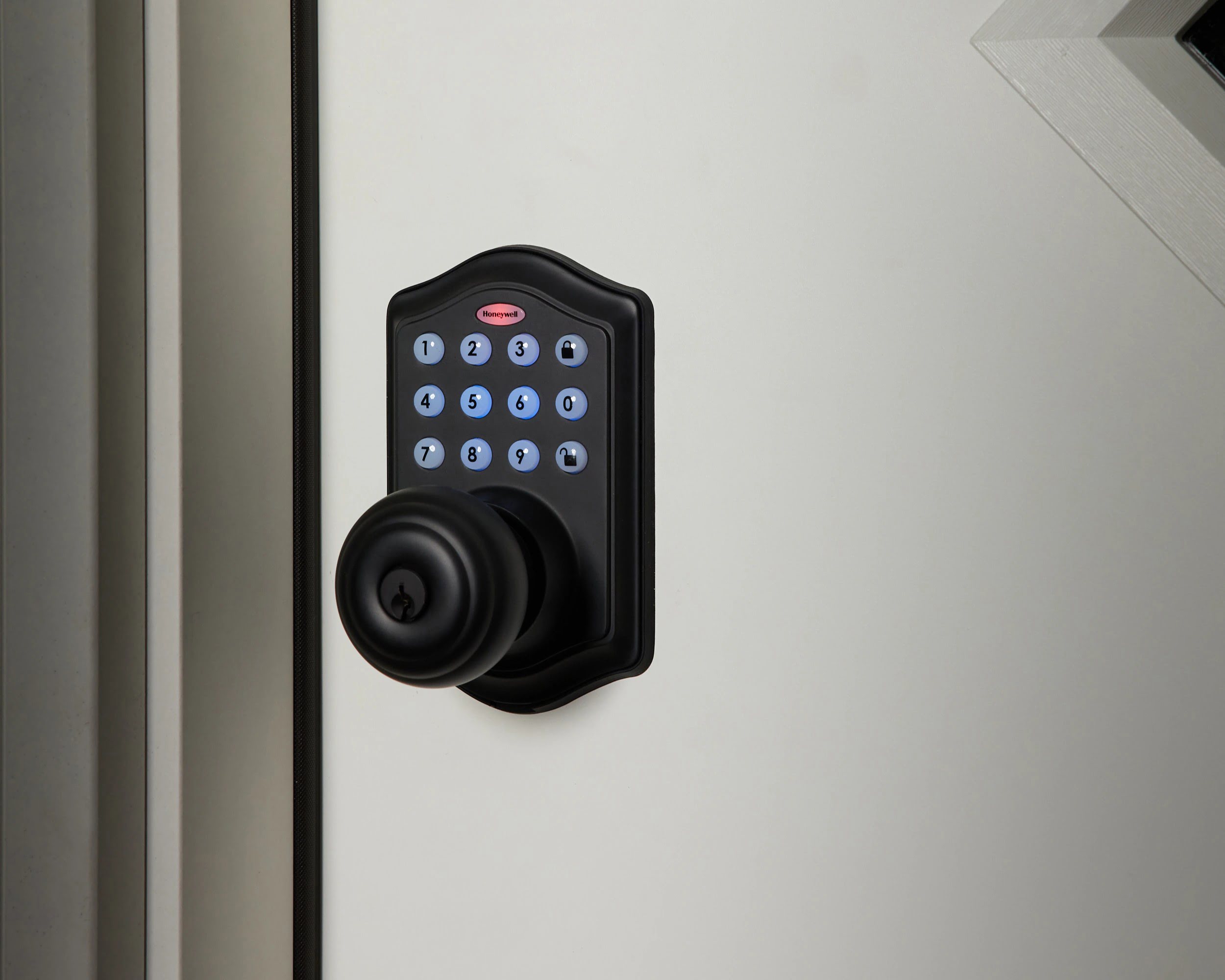
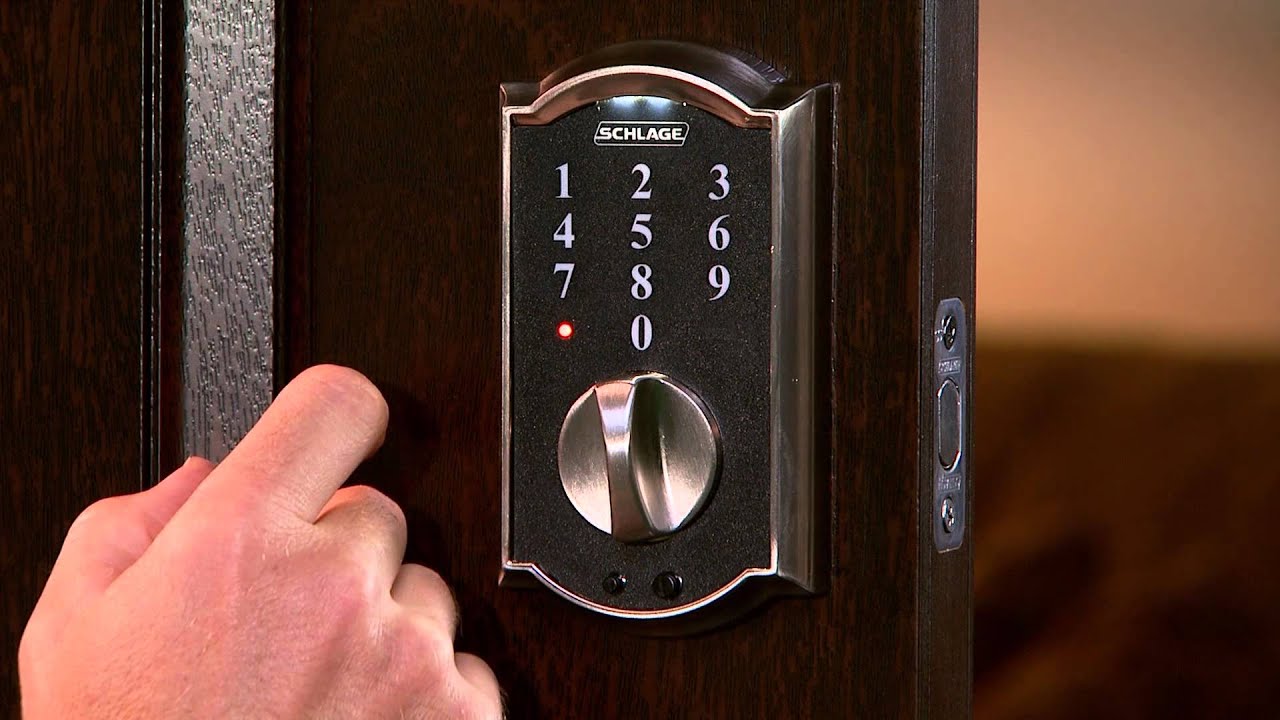
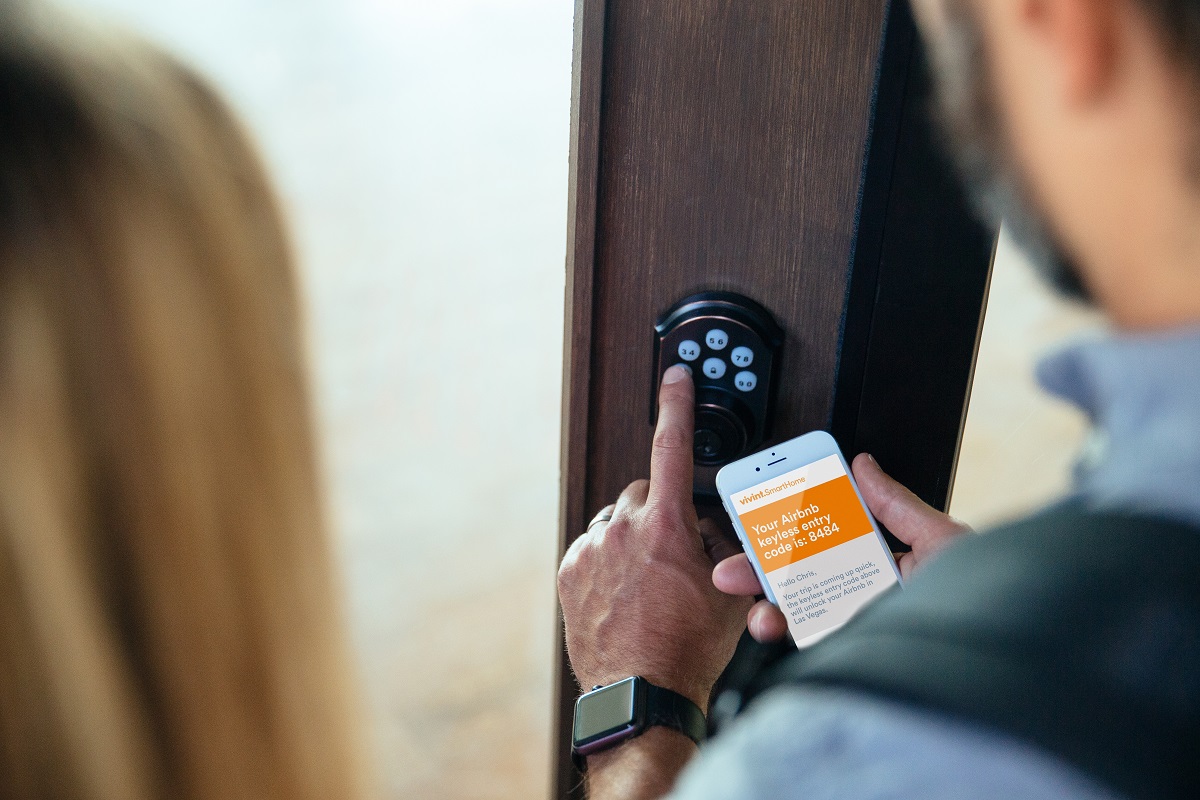
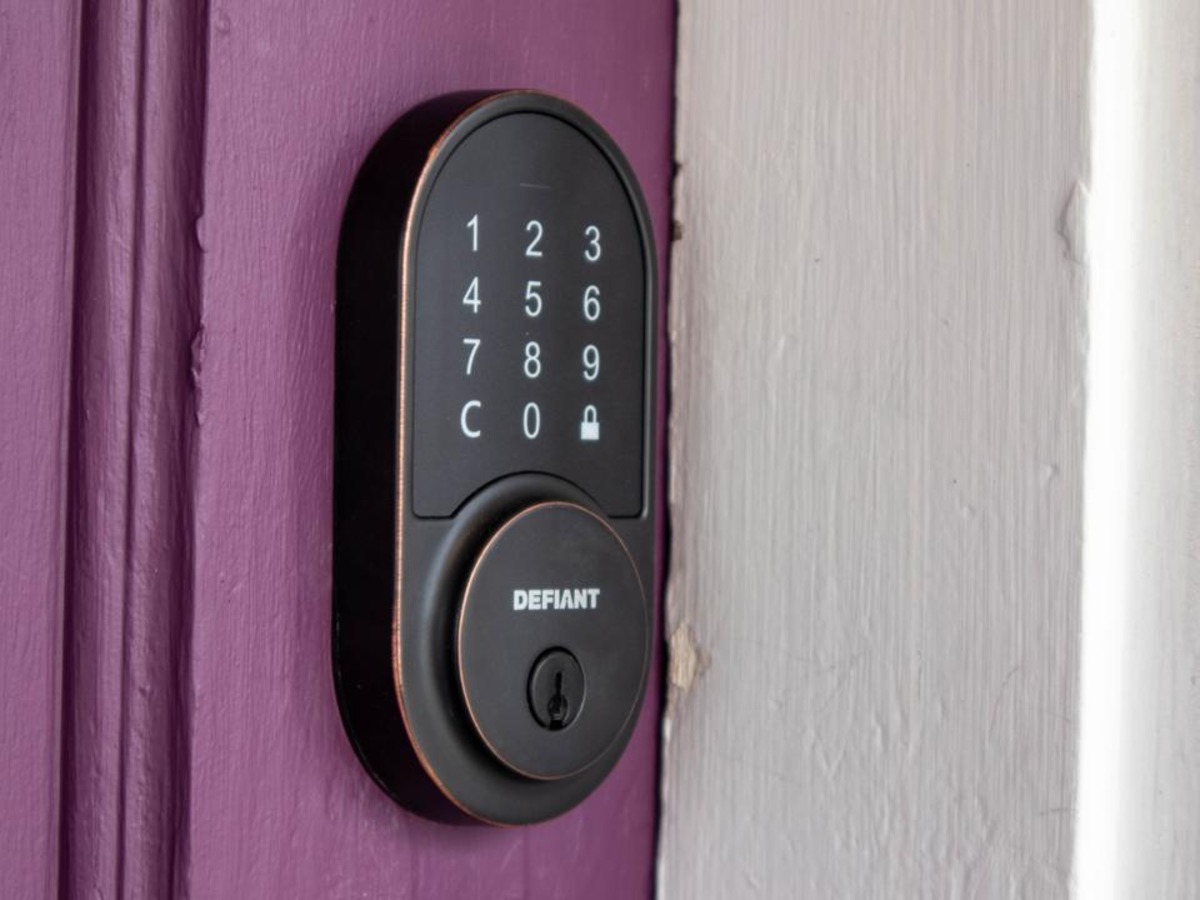
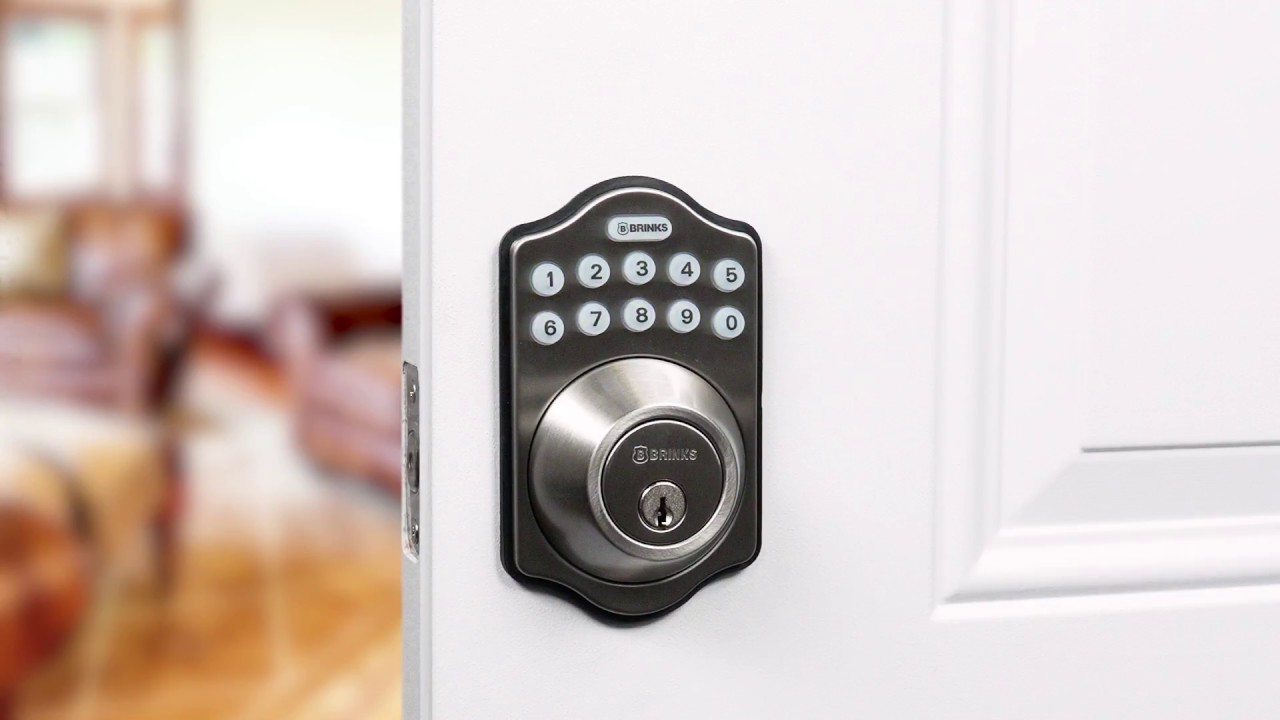
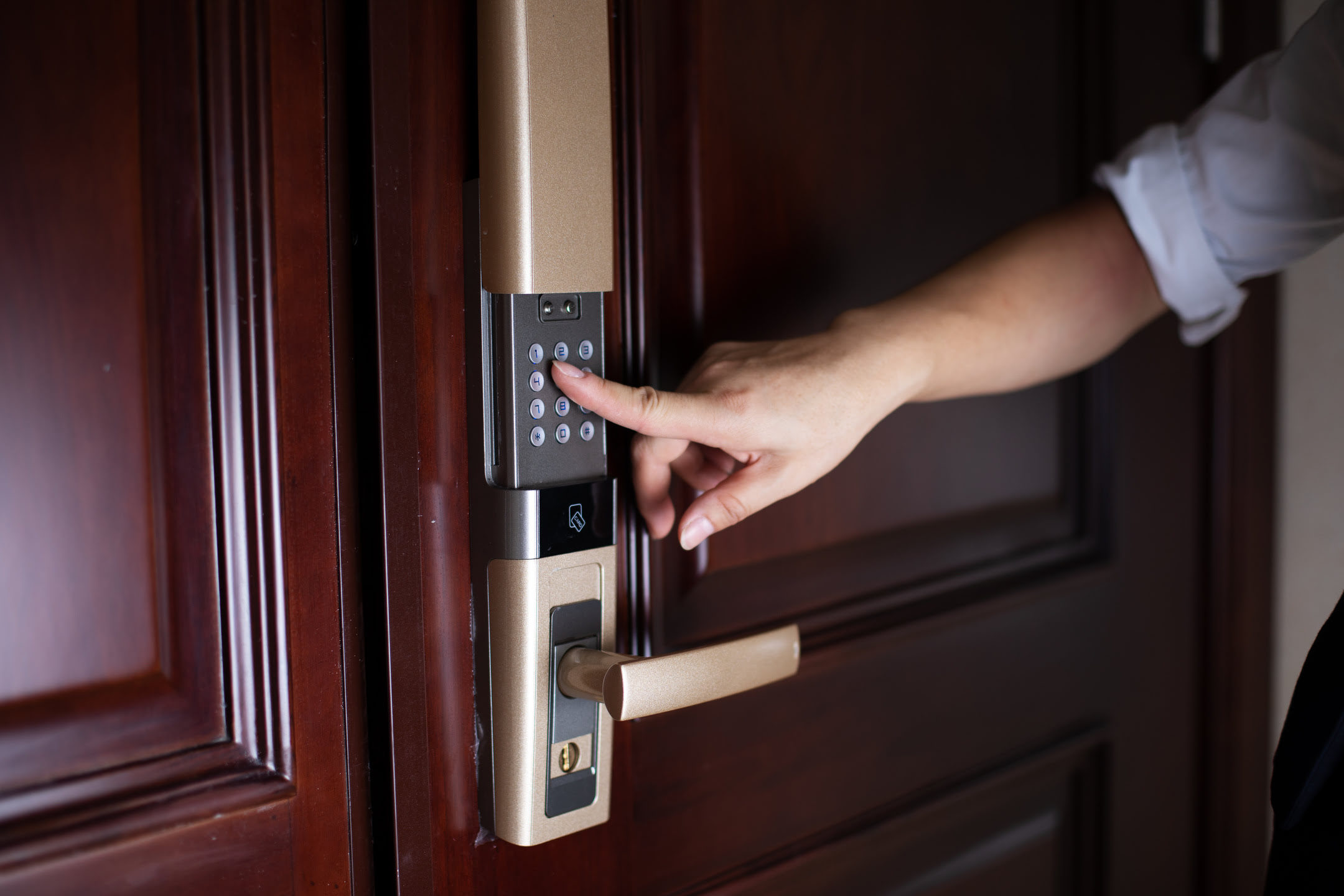
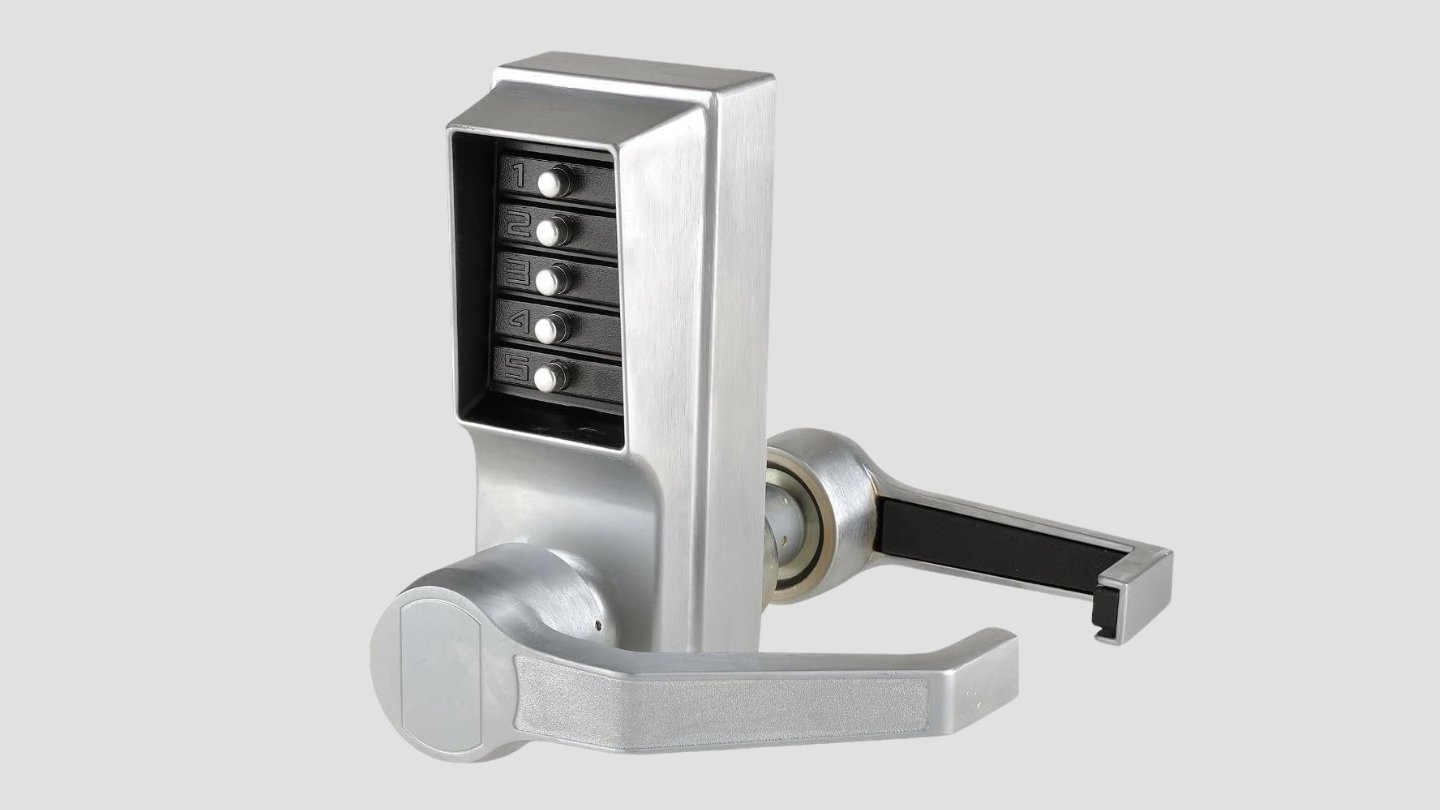
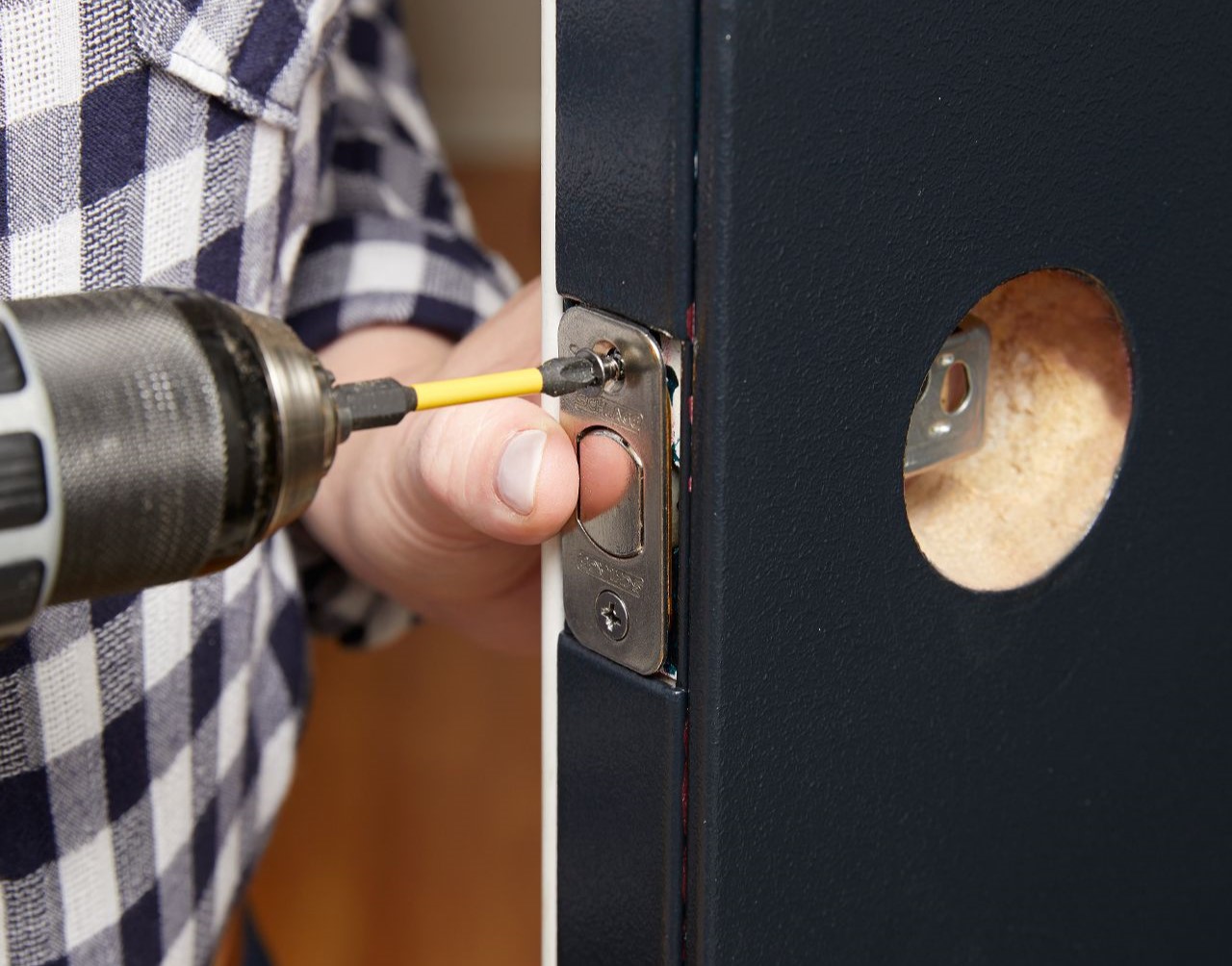
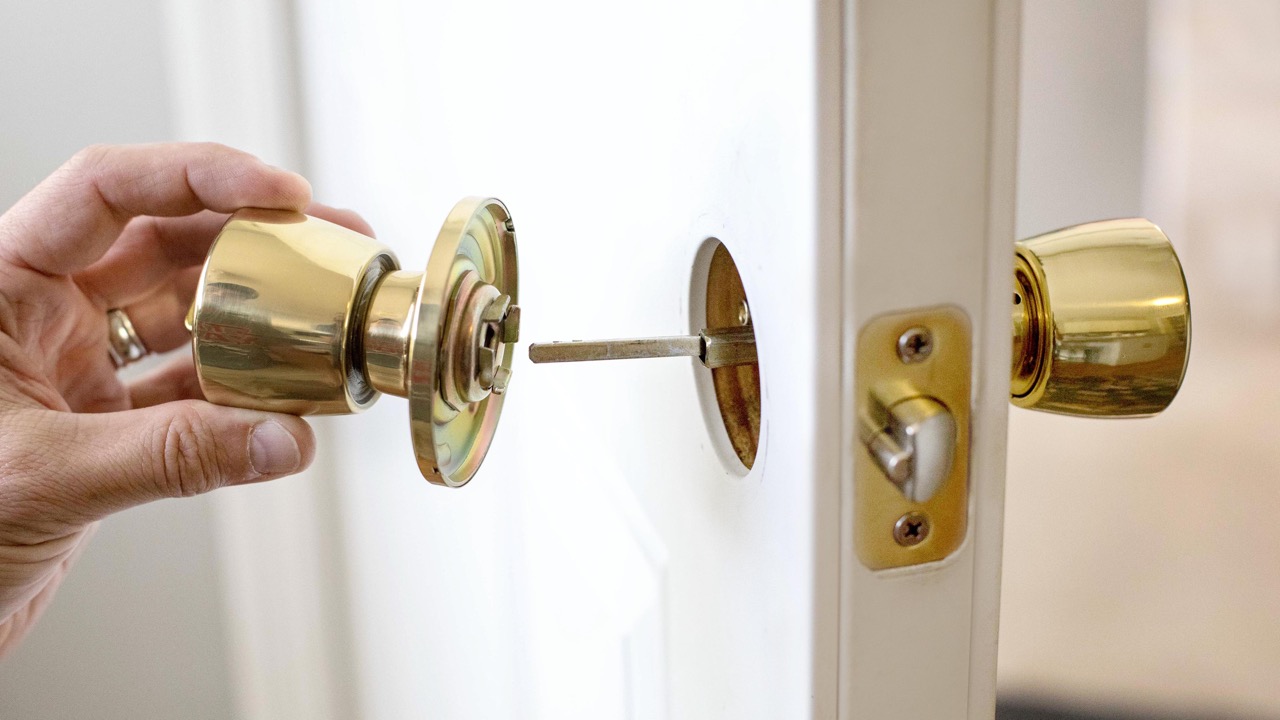
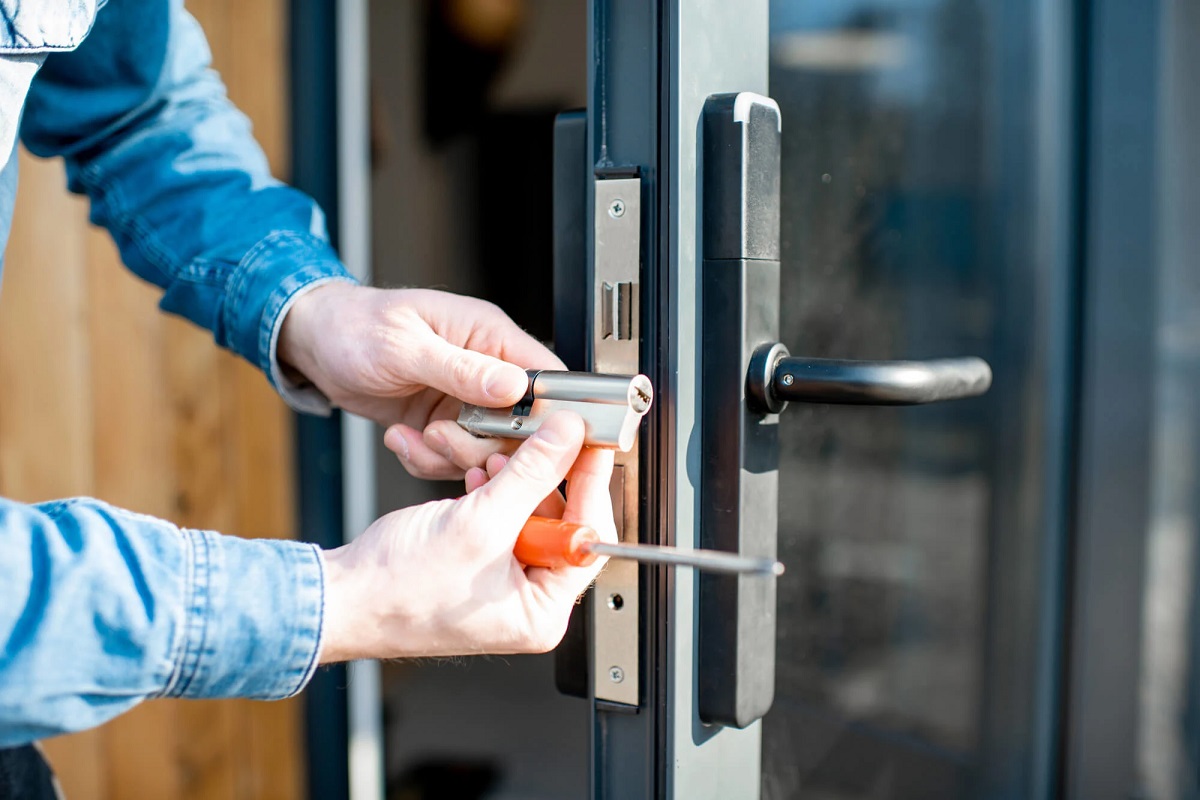
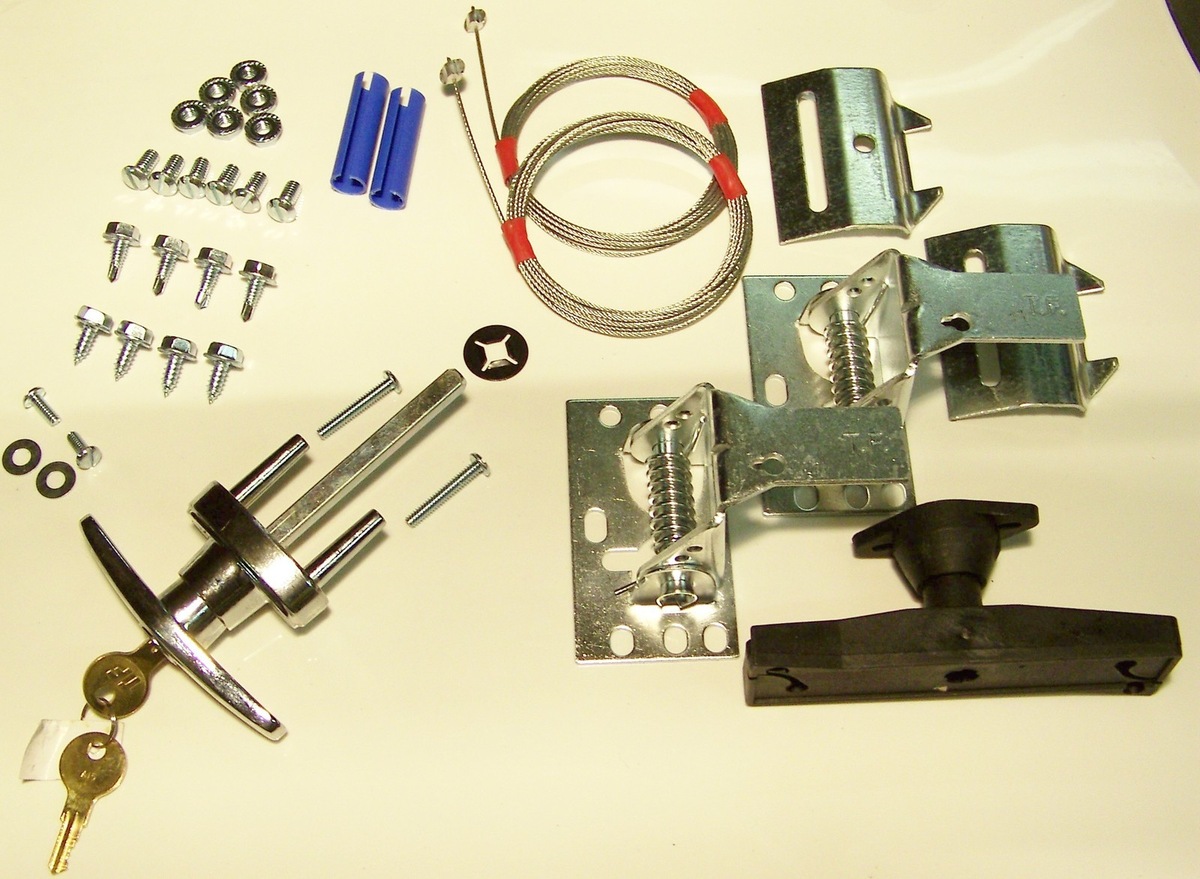
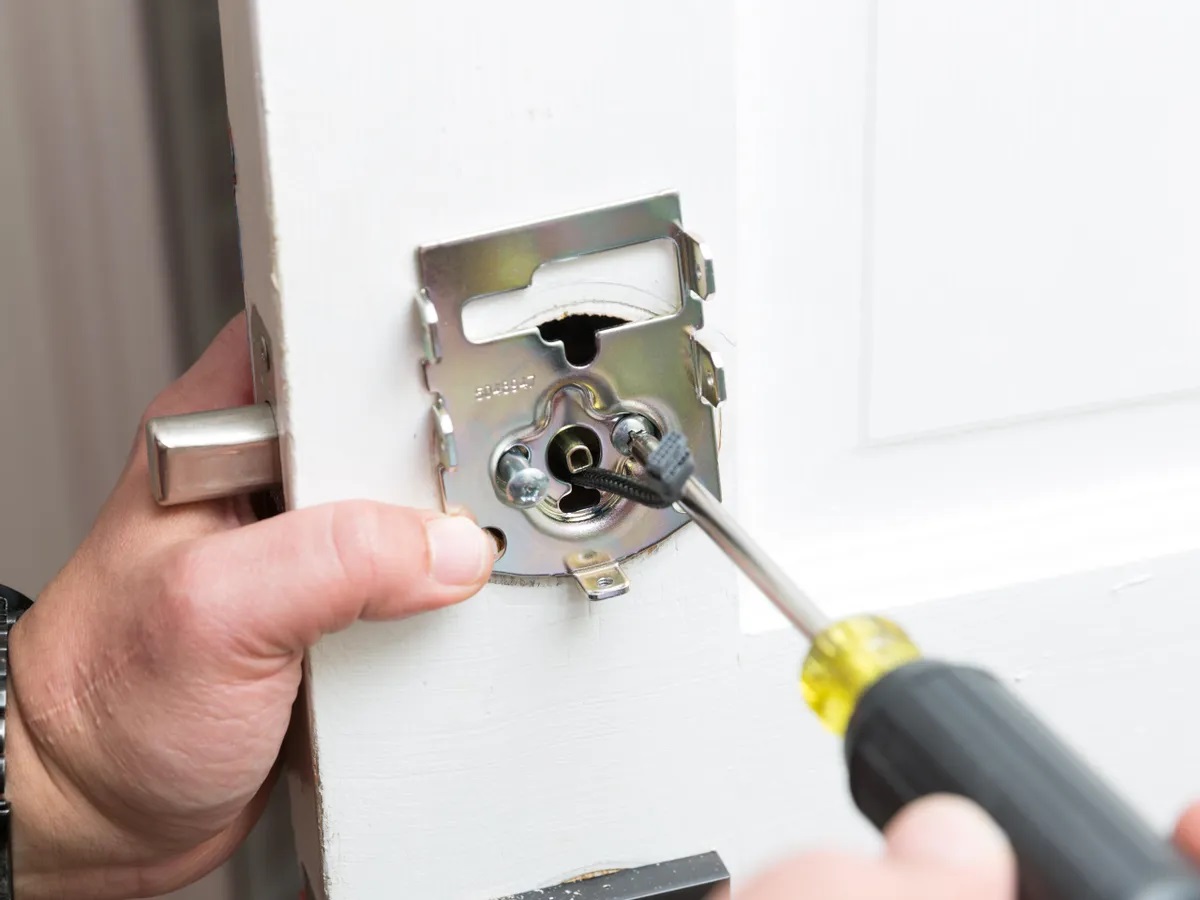
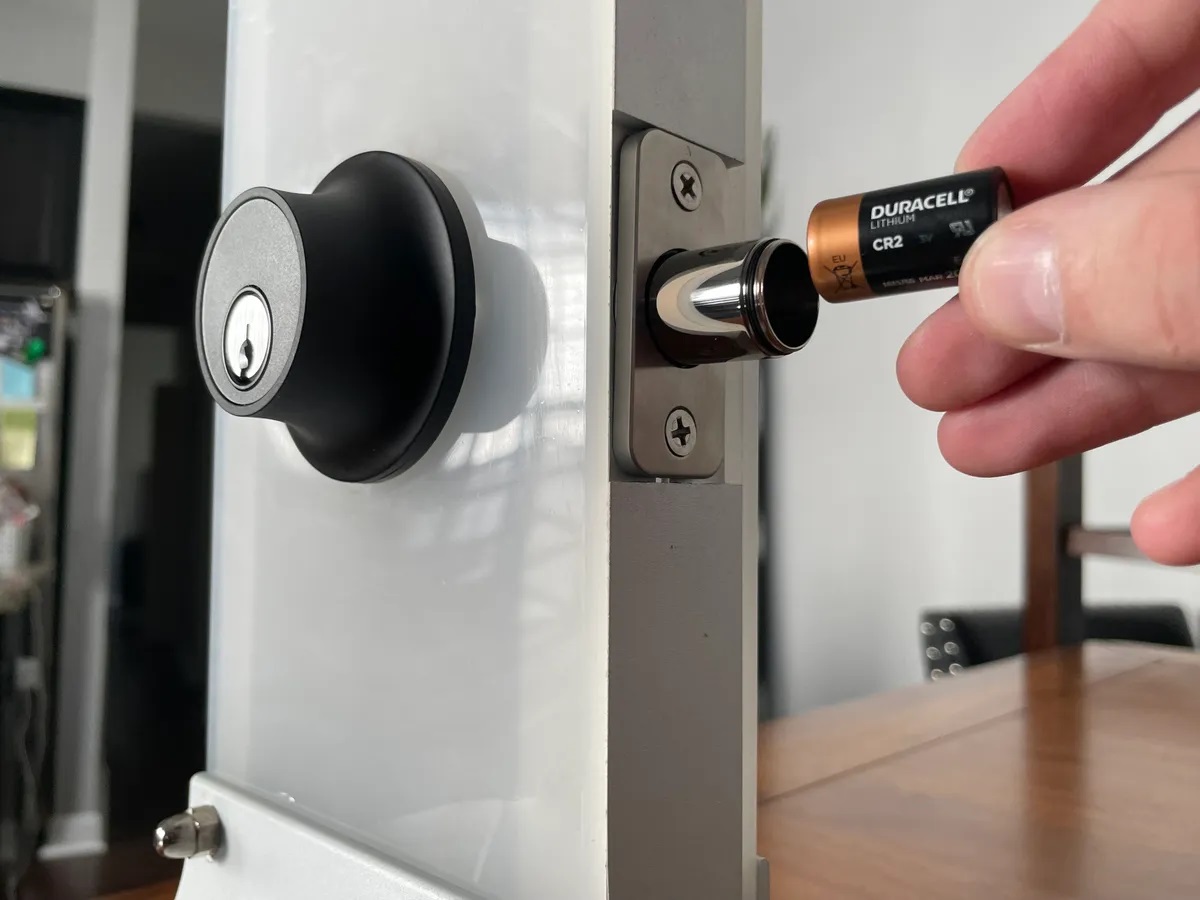
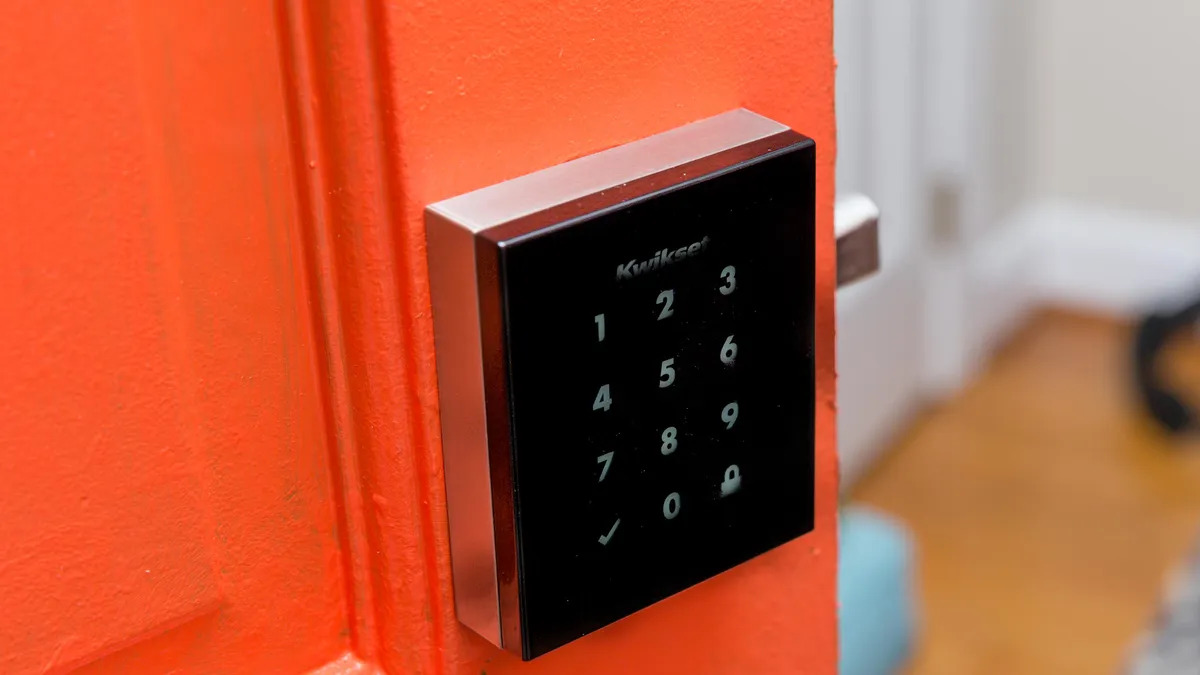

0 thoughts on “How To Change Code On A Door Lock”